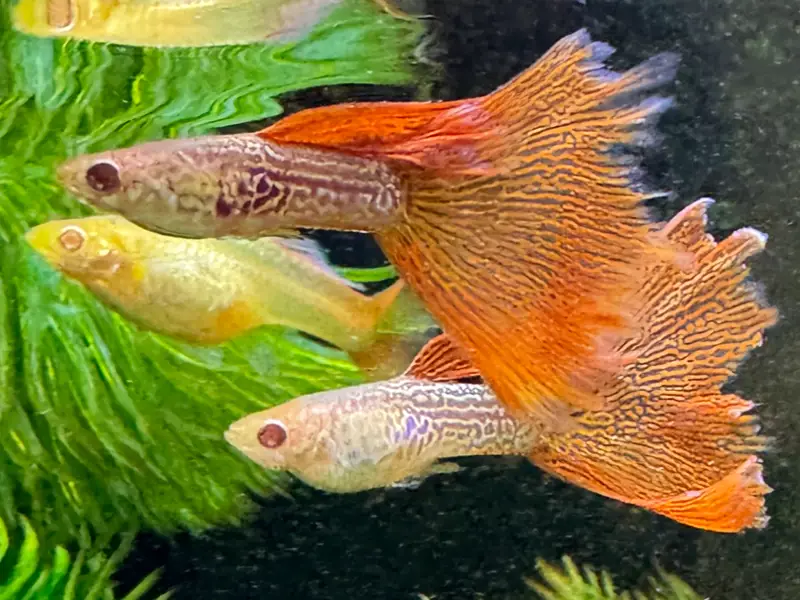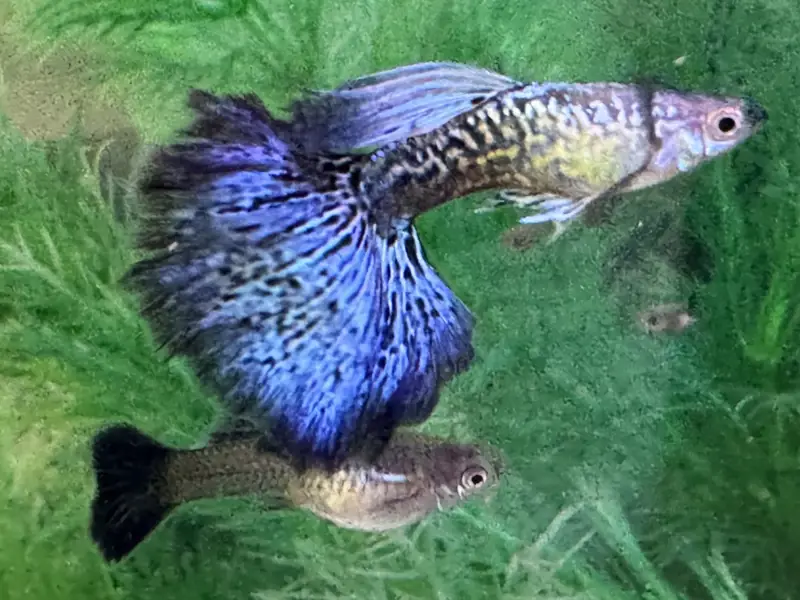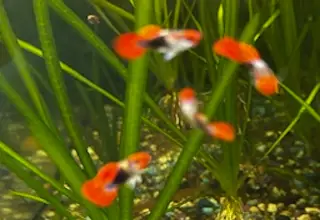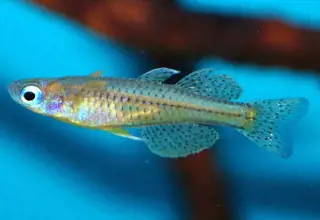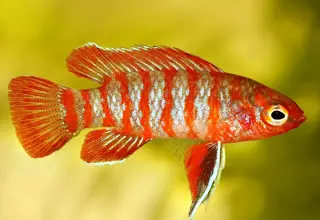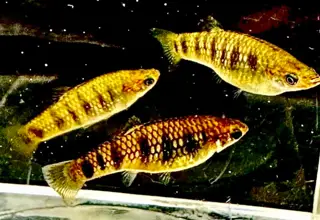7 Bottom Feeder Fish for Small Aquariums
Posted by on 01/14/2024
Bottom-dwelling fish are a unique category of fish that prefer to hang out along the substrate. Hobbyists often pursue these types of fish for their unique behavior and appearance. While plecos are arguably some of the most popular bottom feeders seen in the hobby, they're much too large for small aquariums.
If you have a small-sized tank (less than 20 gallons), we're going to recommend 7 different types of bottom-feeding fish that you can use in your next aquascape.
January's Giveaways on Light Fish
Our Favorites
Bottom-feeding fish have a unique advantage, they're able to consume sinking organic material, with many species being either carnivores or detritivores.
Aquarium hobbyists will benefit from these fish's bottom-feeding abilities. Many of the fish on our list will consume algae and decaying plant matter, keeping your tank in tip-top shape. Here are some of our favorites.
Pygmy Cory
Known for their puppy-like appearance, Pygmy Corys are without a doubt some of the most adorable aquarium fish. These fish sport a gray coloration, with a horizontal black line that spans the length of the fish's body. These fish do best when kept in a small group of at least 6, and hobbyists should have no problem keeping up to 12 of them for every 10 gallons of water volume.
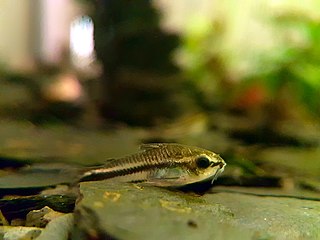
Eques Cory
Another Corydoras species is known as the Corydoras eques. These fish display a beautiful teal and orange coloration but don't expect to find these in your local fish store. Hobbyists will pay a premium for these fish, which max out at about 2 inches in size. Aim for at least 2 of them in a 10-gallon tank.
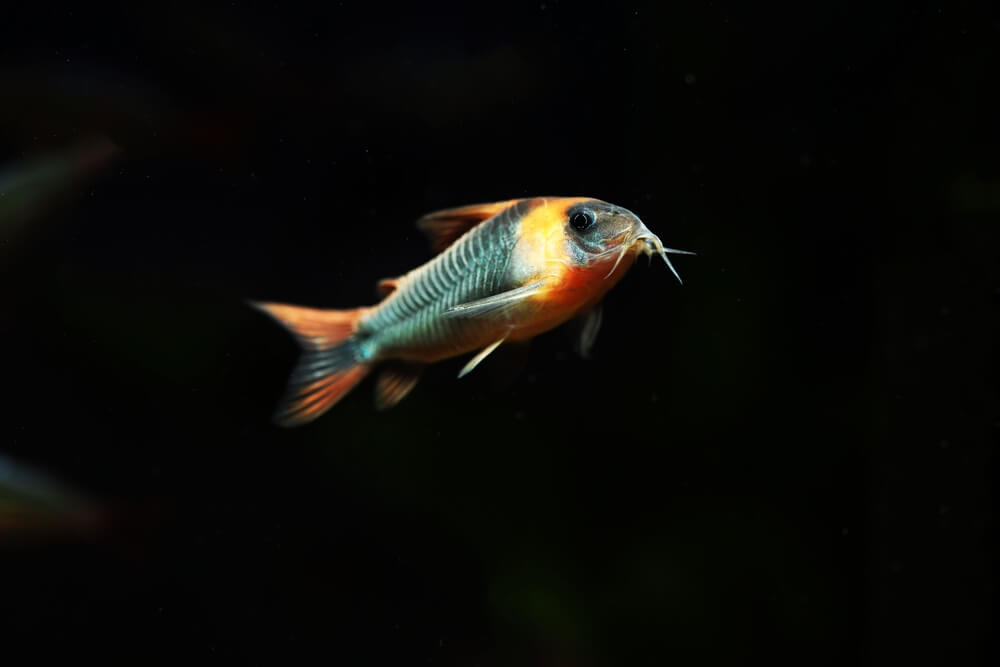
Otocinclus vestitus
Perhaps the most sought-after, small algae eater is the Otocinclus vestitus. While these fish aren't technically true bottom feeders (you'll see them on the aquarium glass a lot), they do graze along the substrate from time to time.
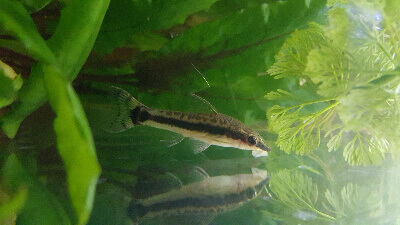
🛒 Shop Freshwater Fish on Light Fish
Rosy Loach
Native to Thailand and Myanmar, the Rosy Loach is one beautiful fish. The species displays a bright orange and red coloration, and it's known for its active temperament. Hobbyists should have no issues keeping up to 10 of these fish in a 20-gallon aquarium.

Blue Neon Goby
If you're an experienced aquarist, then the Blue Neon Goby might be the perfect fish for you. While the species is known for its escape-artist tactics, its blue neon coloration and tubular body make it quite the eye-catching fish.
A tight-fitting lid is a must if you plan on acquiring the species. Native to Japan, hobbyists can keep one of these fish in a small-sized aquarium. Multiple males should not be kept in a tank, as they'll show aggressive behavior, but a mated pair can work if a hobbyist provides a 20-gallon tank.
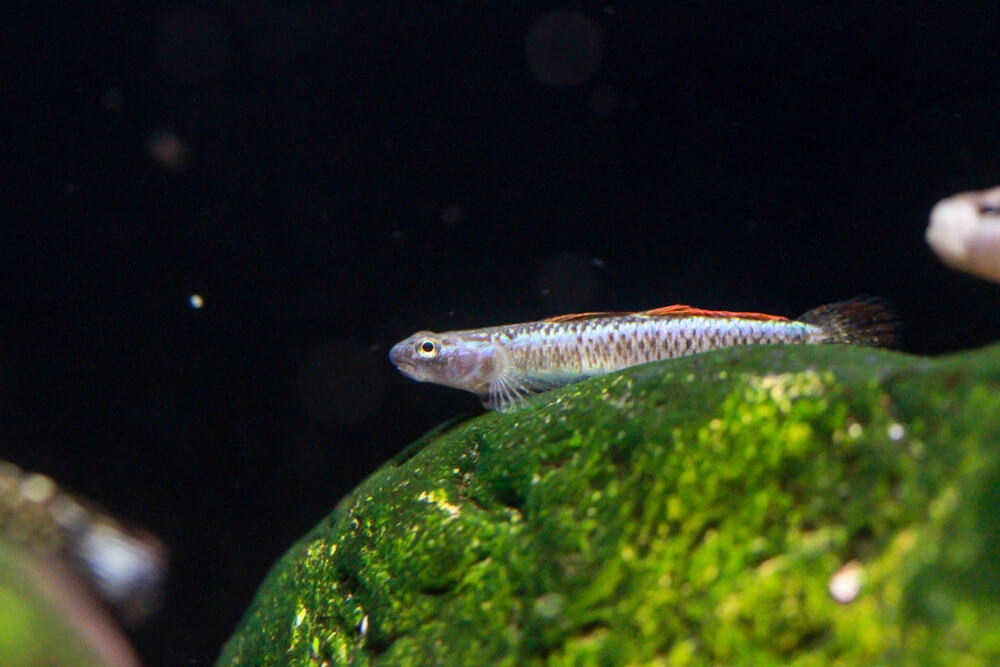
Bumblebee Oto
The Bumblebee Oto is so uncommon that many hobbyists aren't even aware of its existence. We cover the species in more detail in our guide: Bumblebee Otocinclus: Care, Size, Where to Purchase & More. However, to summarize, the fish is very similar to the previously mentioned Otocinclus vestitus but displays an orange coloration.
Similar to Otocinclus vestitus, Hobbyists can keep up to 5 for every 10 gallons.
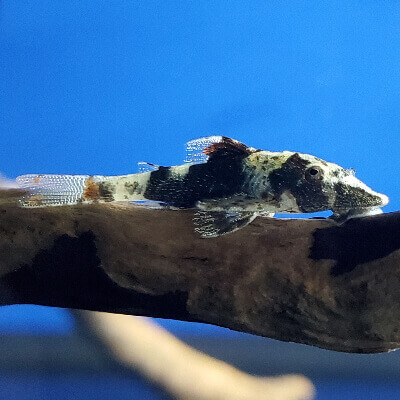
Oil Catfish
Last on our list is the Oil Catfish, also known as the Honeycomb Woodcat. Native to the Amazon, these peaceful fish prefer to live a solitary lifestyle, often hiding out among the aquarium rockwork until a new food source appears.
Hobbyists can keep 2 of these in a 20-gallon aquarium. Adults will reach about 2.4 inches in size.
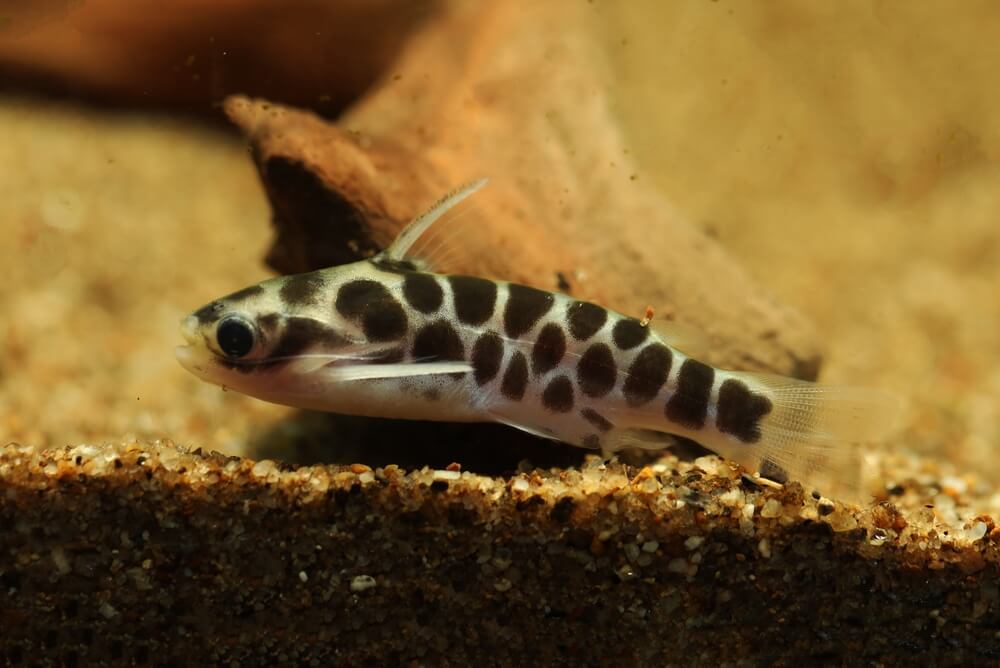
Where to Purchase
If you're looking to track down some of these fish on our list, be sure to check out our marketplace where you can shop directly from aquarium hobbyists just like yourself! However, if what you're looking for isn't available, we also built a massive list of over 250 different online aquarium stores to help you in your aquatic search!
Conclusion
That wraps up our list of some of the best bottom-feeding fish for small aquariums. While the ones on this list are some of our favorites, there are many more bottom-feeding fish that would be suitable for a small-sized tank (hint: check out some of the other types of corydoras!)
Did you have a fish that didn't make the list? Let us know in the comments, and be sure to visit our marketplace where you can buy and sell with other aquarium hobbyists.
January's Giveaways on Light Fish
